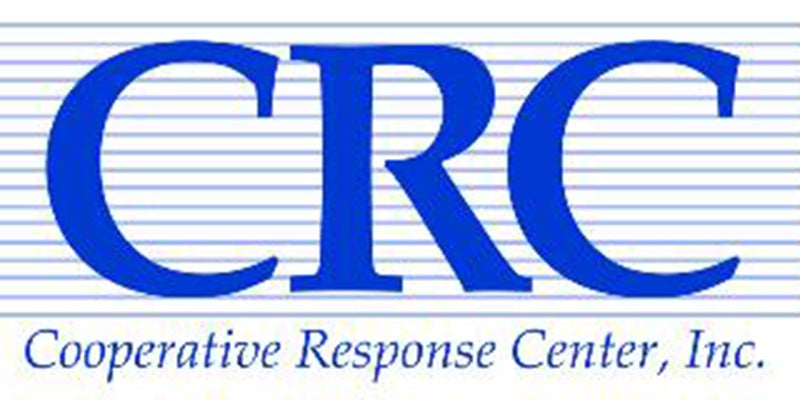Early childhood development expert coming to Austin
Published 9:25 am Friday, May 16, 2014
By Amy Baskin
Director of Community Education and Communications
In 2003, two economists from the Minnesota Federal Reserve Bank, Rob Grunewald and Art Rolnick, released a paper outlining the high return on investment for early childhood education. This information came from the analysis of several long-term studies that had been conducted with high risk students and families. The following information comes from that paper.
In these studies, families were provided with access to high quality early learning programs and tracked from early childhood into elementary school, and some until adulthood. In each study several factors were revealed:
The quality of life for a child and the contributions the child makes to society as an adult can be traced to the first few years of life. From birth until about 5 years old a child undergoes tremendous growth and change. If this period of life includes support for growth in cognition, language, motor skills, adaptive skills and social-emotional functioning, the child is more likely to succeed in school and later contribute to society.
Conversely, without support during these early years, a child is more likely to drop out of school, receive welfare benefits and commit crime. To provide such support for at-risk children, we need high-quality Early Childhood programs.
An evaluation of the 1995-1996 class of children of the Michigan School Readiness Program for at-risk children showed that a sample of participants through grade four were less likely to be held back a grade, and had higher percentages of satisfactory ratings on standardized achievement tests in reading and mathematics relative to a comparison group.
Assessments of kindergarten children in New Jersey’s highest poverty school districts, or Abbott districts, showed marked improvement in the 2003-2004 school year compared with previous years. Since 1999 these districts were mandated by the state’s Supreme Court to provide preschool for 3- and 4-year-old children in these districts. Language scores were significantly higher in the 2003- 2004 school year compared with scores four years earlier, and the percentage of children scoring “very strong” in early reading skills increased to 47 percent from 42 percent a year earlier.
A study of children attending Oklahoma’s Pre-K program, which is available to all 4-year-old children statewide, showed particularly strong gains for low-income children, including a 31 percent increase in cognitive skills and an 18 percent increase in language skills. Hispanic children demonstrated a 54 percent increase in test scores.
More economists today are researching and reporting on the significant impact early intervention and support has on communities and the future. On Wednesday, May 21, Rob Grunewald will be in Austin to speak to the community about this topic. If you are interested in attending this presentation please contact amy.baskin@austin.k12.mn.us or call (507) 460-1700.
The full study is available at www.minneapolisfed.org/publications_pape.




